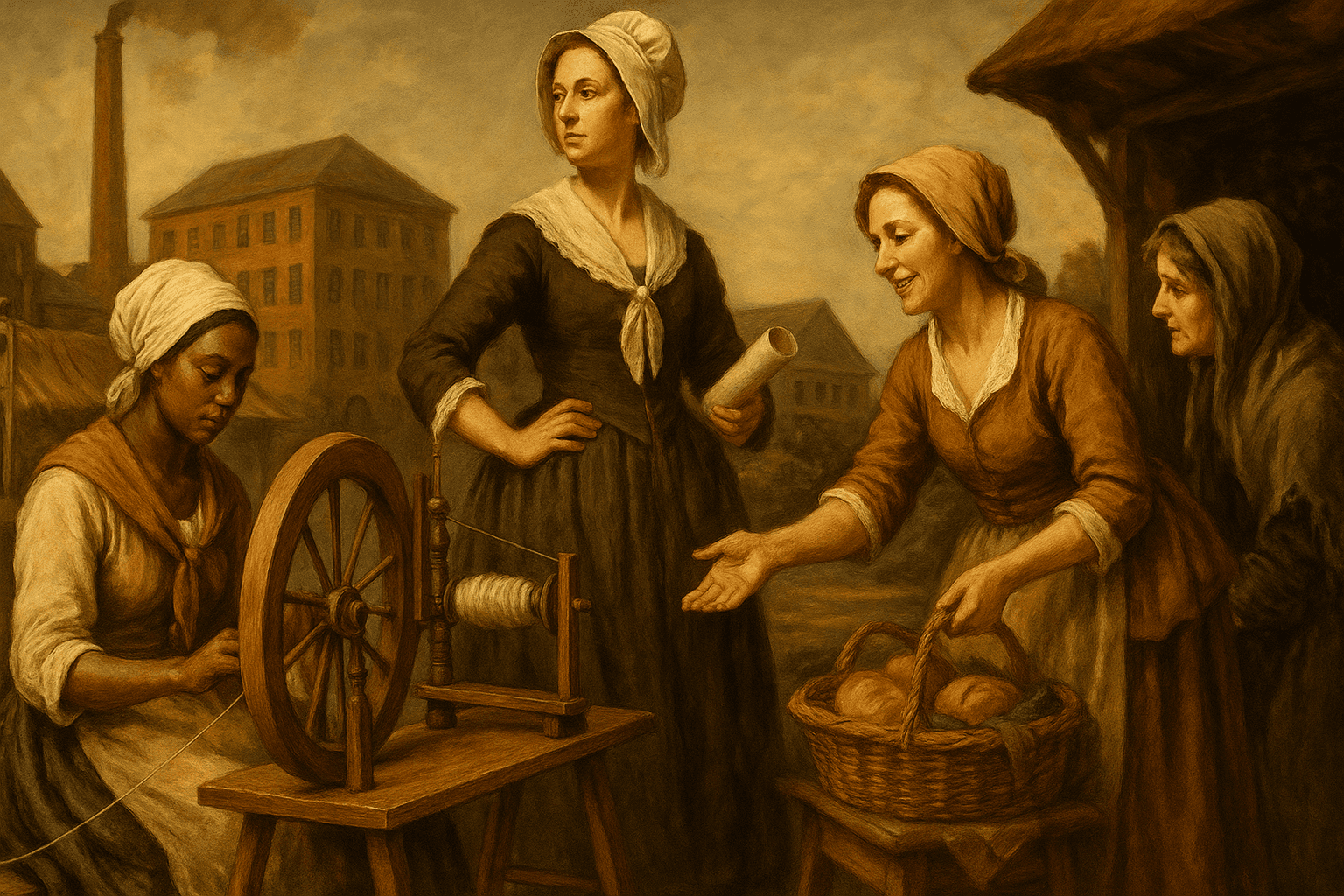The Ripple Effect of Social Change: Women in the Seventeenth Century

When we think about the seventeenth century, images of corsets and courtly manners may spring to mind, but beneath the surface, a seismic shift was occurring—one that would redefine women's roles in society. In the book * Working Life of Women in the Seventeenth Century *, the theme of social change is examined through various lenses, from agriculture to commerce, weaving a rich tapestry of women's lives during this transformative period.
At the heart of this exploration is the impact of the Industrial Revolution, which began to reshape the economy. Women, often relegated to the domestic sphere, were thrust into the workforce, their contributions increasingly essential to family survival. While the change brought new opportunities, it also created a paradox: as women stepped into roles that demanded economic independence, the very fabric of their societal status began to unravel.
Early chapters show us how women from different social classes navigated these changes. From aristocratic women managing estates in their husbands' absence to widows like Elizabeth Hellyard fighting for their place in trade, women started asserting their agency. These narratives challenge the notion that women were merely passive participants in a male-dominated society; instead, they reveal a vibrant history of entrepreneurial spirit and resilience.
However, it wasn't all progress. As the economy shifted towards capitalism, many women found themselves confined to lower-paying jobs, often lacking the rights and recognition that their male counterparts enjoyed. The transition from family-based production to individual wages meant that women’s economic contributions were frequently undervalued, pushing them into precarious positions.
Take for instance the textile industry, where women played a pivotal role in spinning and weaving. Despite their vital contributions, they earned meager wages, often less than their male counterparts. This disparity not only highlighted the gender inequalities of the time but also raised questions about the long-term economic implications for women as they became increasingly dependent on wages that barely sustained them.
As the book delves deeper, we see how societal norms were not just changing for the better; they were also reshaping women's identities. While some women embraced the opportunities presented by new trades, others faced increased restrictions that limited their access to skilled professions. The rise of male-dominated fields like medicine and law further marginalized women, showcasing a broader societal reluctance to fully embrace gender equality.
In the final chapters, the narrative returns to the theme of resilience. Women continued to fight for their place in society, whether it was through petitions for rights in trade or by stepping into roles such as nursing during epidemics. The stories of women like Lady Honeywood and Mrs. Williams remind us that despite societal constraints, women found ways to contribute meaningfully to their communities.
By the end of the book, we are left pondering a crucial question: what does progress truly look like? While the seventeenth century laid the groundwork for future advancements, it also exposed the persistent inequalities that would follow women into the modern era.
In conclusion, the social changes of the seventeenth century were not merely a backdrop but a catalyst for women's evolving roles. Their journeys reflect a complex interplay of opportunity and restriction, illustrating how far we have come and the distance we still have to travel in the quest for gender equality. The experiences of women during this transformative period resonate today, prompting us to consider how societal structures continue to shape our lives. As we reflect on this history, we might find ourselves asking: how can we ensure that the lessons of the past guide us toward a more equitable future?
Books: Working Life of Women in the Seventeenth Century
Authors: Alice Clark
Publishers: Public Domain